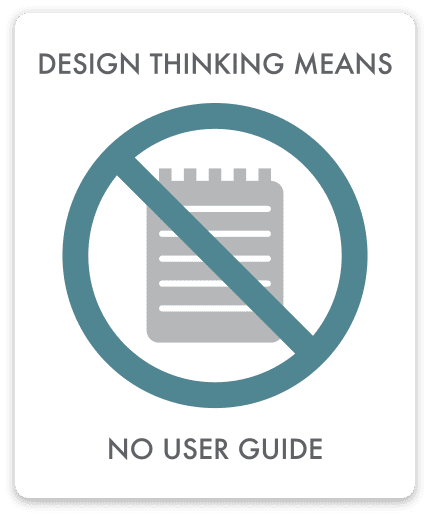Design thinking has gained momentum over the years as an effective approach to solving problems and developing quality products and services. This may sound like a fairly standard workplace strategy, but what sets it apart from others is the transition from asking how businesses can sell something to asking how they can solve something for their clients.
Tim Brown of IDEO, a thought leader in the field of design thinking, defines it best as “a discipline that uses the designer’s sensibility and methods to match people’s needs with what is technologically feasible.” At Azul Arc, we have embraced the key ideas associated with the design thinking process:
INSIGHT THROUGH OBSERVATION AND EXPERIENCE
By focusing on the user experience, observing how we use products or services, and noting the difficulties faced, we are able to design something that is consistently used and appreciated.
BUILDING ON IDEAS WITH A BIAS TOWARD DOING / CREATING
With a design thinking approach to problem solving, you are continuously developing on ideas, prototyping and going through shorter iterations until you end up with a simplified solution (a “no user guide” approach to problems).
COLLABORATING AT THE INTERSECTION OF DISCIPLINES
Design inspiration is taken from different fields of study and input is received from not only the design team, but from other areas like development, marketing and sales. The exploration of unconventional ideas is encouraged as solutions are sometimes
found in unusual places.
MAKING THE COMPLEX SIMPLE, “FRIENDLY” AND EASY TO USE
This is easier said than done and takes a lot of work. It’s as much about empathy as it is about the analysis and technologies, about what we value: the “human” experience. Davinci got it right when he said, “Simplicity is the Ultimate Sophistication”.
We have made it a company goal to always be thinking about creative solutions from this perspective, and are now proudly displaying this little graphic around the offices as a bit of positive reinforcement:
Wondering what the design thinking approach could do for you? Drop us a line today!
